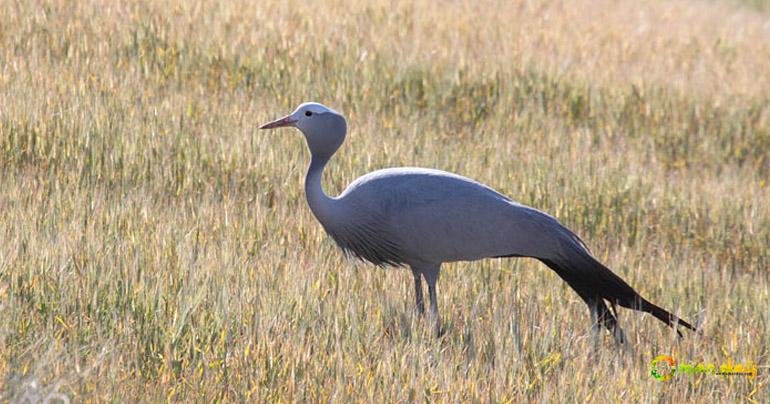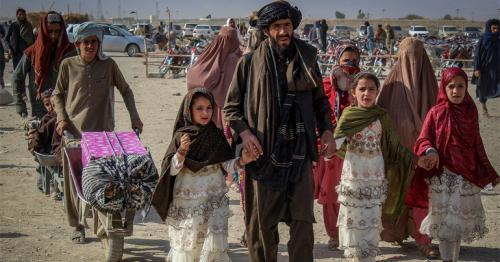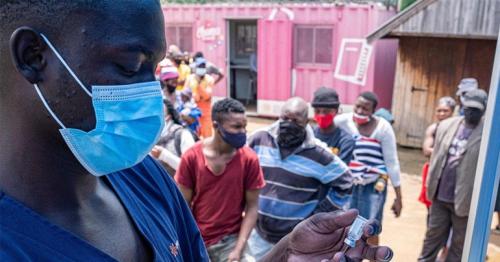New Protected Environment Declared in South Africa
A visit to Dullstroom and its surrounding grasslands is on the bucket list of many birders in South Africa and internationally. This beautiful area contains many “specials” such as Wattle Crane, Blue Crane, White-winged Flufftail, Yellow-breasted Pipit and many others. The presence of these iconic species is one of the reasons why BirdLife South Africa recognises this area as the Steenkampsberg Important Bird and Biodiversity Area (IBA). Even if you are not after these iconic species, this area is unique and has an aura that makes a birding trip to Dullstroom unforgetable.
This area is also of great conservation value for many other reasons. For example, it is an important water catchment area. Lakenvlei, a wetland in the area, is a peatland which helps with the storing and purification of water. The peatland also holds large amounts of carbon, and therefore minimises some of the impacts of climate change. The tourism and agricultural activities in the area also provide jobs for hundreds of people. The Greater Lakenvlei Protected Environment falls within the well-known Dullstroom tourism hub that provides a large number of local tourism-related jobs connected to the scenic beauty and outdoor activities in the area.
Celebrations were held on the 7 April 2017, as the Mpumalanga’s Department of Agriculture, Rural Development, Land and Environmental Affairs (DARDLEA), declared the Greater Lakenvlei area a Protected Environment. This momentous achievement was made possible through the collaborative efforts of Mpumalanga Tourism and Parks Agency (MTPA) and their NGO partners, the Endangered Wildlife Trust (EWT) and BirdLife South Africa.
Legislation in South Africa makes provision for different categories of formal protection. Nature Reserves and National Parks are the top category and activities in these parks are strictly controlled by legislation. The second category is that of Protected Environment. Activities, such as farming practices, can continue in these areas, but other more destructive and unsustainable activities are prohibited. Through the development of Management Plans, each property is divided into zones, for example natural areas and degraded areas. Activities that take place in areas zoned as natural are then strictly controlled. Natural area zones do not all for example over grazing and indiscriminate use of pesticides. A Management Plan has been developed for Greater Lakenvlei and will now be implemented, to the benefit of the bird species which call this area home.
It is hoped that this declaration will encourage more people to visit this beautiful area and enjoy the natural beauty. This should lead to an increase in tourism related jobs and the long term conservation of the area.
Share This Post






